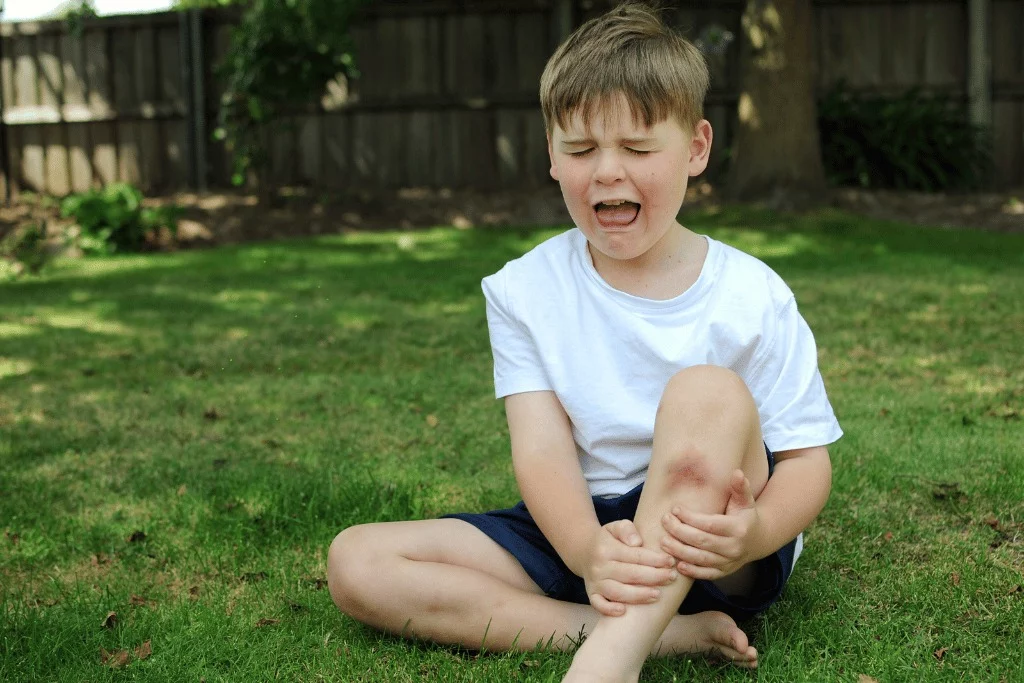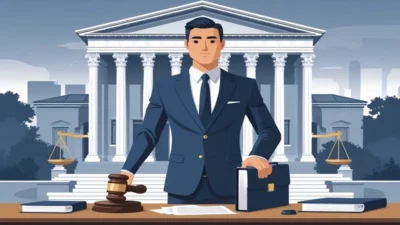Seeing your child hurt is every parent’s nightmare. Whether it’s a playground fall, a dog bite, or a car accident, the fear, confusion, and pain can be overwhelming. In these moments, you’re not only worried about your child’s health but also about the long road to recovery—physically, emotionally, and financially. What many parents don’t realize is that they may have legal rights that can help ease some of the burdens caused by a child’s injury accident. Speaking with a qualified child injury lawyer can make all the difference in understanding those rights and protecting your child’s future.
In this article, we’ll help you understand your legal rights after your child is injured due to someone else’s negligence, and what steps you can take to seek justice and compensation.
The Basics of Child Injury Law
Children are vulnerable and often unaware of the dangers around them, which makes them more susceptible to injuries. When a child gets injured because someone else failed to act responsibly—whether it’s a negligent driver, an unsafe daycare, or a poorly maintained property—you may have grounds to pursue a personal injury claim on behalf of your child.
Legally, minors (children under 18) cannot file lawsuits themselves. It’s the responsibility of a parent or legal guardian to act in their best interest and file a claim on their behalf. These types of claims are often handled with care and sensitivity, but they follow the same legal principles as adult personal injury cases—liability, negligence, and damages.
Common Situations That Lead to Child Injury Claims
Child injury accidents can happen anywhere and in many forms. Some of the most common scenarios where legal action may be appropriate include:
- Car accidents (especially as passengers or pedestrians)
- School or daycare negligence
- Playground or park accidents due to poor maintenance
- Dog bites or animal attacks
- Slip and fall accidents on public or private property
- Injuries caused by defective toys or products
Each situation requires a different legal approach, but the core issue remains the same: proving that someone else’s negligence led to your child’s injury.
What Needs to Be Proven in a Child Injury Case?
To successfully pursue a child injury claim, you typically need to prove the following elements:
Duty of Care: The responsible party had a duty to ensure your child’s safety.
Breach of Duty: They failed to uphold that duty through negligence or recklessness.
Causation: Their actions (or inaction) directly caused the injury.
Damages: Your child suffered harm—whether physical, emotional, or financial—as a result.
For instance, if your child was injured on a school playground due to broken equipment, the school may be held responsible if they failed to repair it or provide adequate supervision.
Understanding the Statute of Limitations
Most states have a time limit—or statute of limitations—for filing personal injury claims. However, when it comes to child injury cases, the timeline is often more flexible. In many states, the statute “tolls” (or pauses) until the child turns 18, giving them or their parents additional time to file a lawsuit. That said, evidence can disappear and memories fade, so it’s always best to consult a lawyer as soon as possible.
Types of Compensation You May Be Entitled To
Compensation in child injury cases is designed to cover both immediate and long-term consequences of the injury. Depending on the severity and circumstances, you may be entitled to:
- Medical expenses (current and future)
- Pain and suffering
- Emotional distress
- Loss of future earning capacity (if the injury causes a long-term disability)
- Costs of rehabilitation or therapy
- Punitive damages (in cases of gross negligence or intentional harm)
In some cases, courts may require that any compensation awarded to the child be placed into a structured settlement or trust account, accessible when they reach adulthood.
Why You Need a Child Injury Lawyer
Child injury cases are often more complex than they appear. Insurance companies may try to offer a quick settlement that doesn’t cover the full scope of your child’s needs. That’s why it’s crucial to hire an expert lawyer who specializes in child injury claims. A skilled child injury lawyer understands how to navigate these cases, advocate for your family, and ensure your child gets the justice and compensation they deserve.
An attorney will handle everything—from gathering medical records and witness statements to negotiating with insurance companies and, if necessary, representing you in court. Most work on a contingency fee basis, meaning you won’t pay unless you win your case.
Steps to Take Immediately After an Accident
If your child has been injured, take the following steps as soon as possible:
Seek medical attention: Even minor injuries should be documented.
Report the incident: Inform the relevant authority (school, daycare, police, etc.).
Document everything: Take photos of injuries, keep medical bills, and write down what happened.
Avoid signing anything: Don’t accept settlement offers or sign insurance forms without legal advice.
Consult a lawyer: The sooner you get legal guidance, the stronger your case will be.
Final Thoughts
No amount of money can undo the trauma of seeing your child injured. But understanding your legal rights after a child injury accident can provide a path to healing and accountability. You don’t have to face this alone. Legal options are available to help secure your child’s future and hold the responsible parties accountable.
If your child has been injured due to someone else’s negligence, don’t hesitate to speak with a qualified child injury lawyer. Your actions today could make all the difference for your child’s tomorrow.

Lexy Summer is a talented writer with a deep passion for the art of language and storytelling. With a background in editing and content creation, Lexy has honed her skills in crafting clear, engaging, and grammatically flawless writing.



